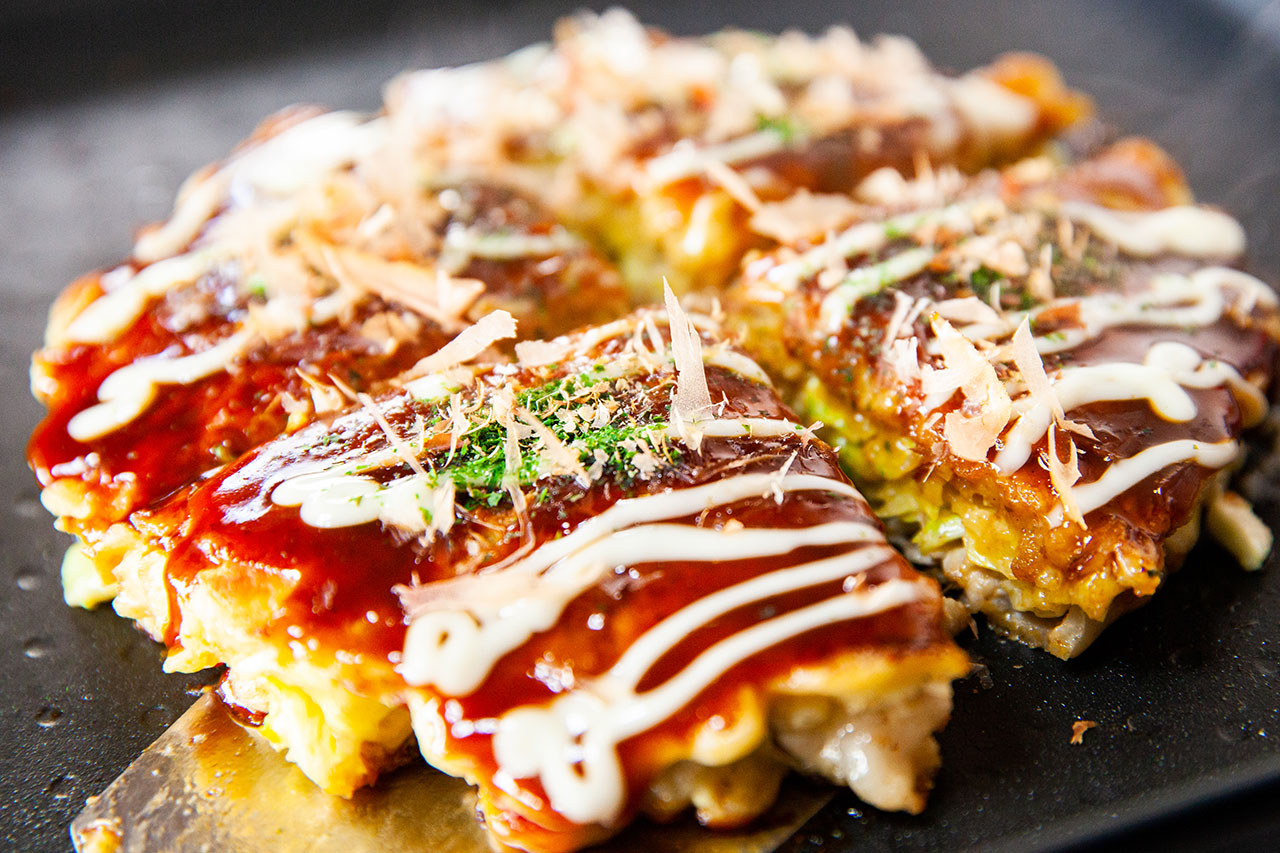Food Culture of Japan
Japanese food, washoku, has been registered as UNESCO Intangible Cultural Heritage in December 2013, attracting attention from overseas. Japan, blessed by the rich nature with four distinctive seasons of spring, summer, fall, and winter, has developed its individual food culture in harmony with nature and the four seasons. Moreover, Japan’s washoku culture has constantly evolved with influence from overseas. In modern days, there are many creative dishes such as Japanese dishes which have merged with Western dishes or Chinese dishes, namely tonkatsu, curry, and ramen, simmered or marinated food of meat and vegetables, and rice bowls (donburi).
Gourmet Country Japan
Japan is not only a country that has washoku (Japanese cuisine), a unique food culture that has been added to the UNESCO Intangible Heritage List, but it also has various gastronomic from all over the world, especially in Tokyo, Kyoto, and Osaka.
In Michelin 2018 (series of guide books published by the French tire company Michelin which awards stars for excellence to evaluate restaurants), Tokyo has greatly exceeded Paris, France and New York (United States of America) in the number of restaurants awarded the Michelin star with 234 restaurants.
Michelin Guide 2021 *2020 Data for Paris
Sushi
There are many kinds of sushi other than the typical sushi with various ingredients on top of prepared vinegared rice such as Chirashizushi (scattered sushi), Oshizushi (pressed sushi), and Makizushi (rolled sushi). It is said that the origin of sushi comes from Southeast Asian way of preserving fish. This preservative food which is said to be the original form of sushi was a fermented food using starch from food such as rice. It began to be eaten as Nigirizushi around the beginning of 19th century. At that time, food stalls became popular in Edo (current Tokyo) and Nigirizushi began from food stalls. This Nigirizushi was called “Edomae Sushi” since it used seafood and seaweed caught from Tokyo Bay, which could be seen from Edo Castle.
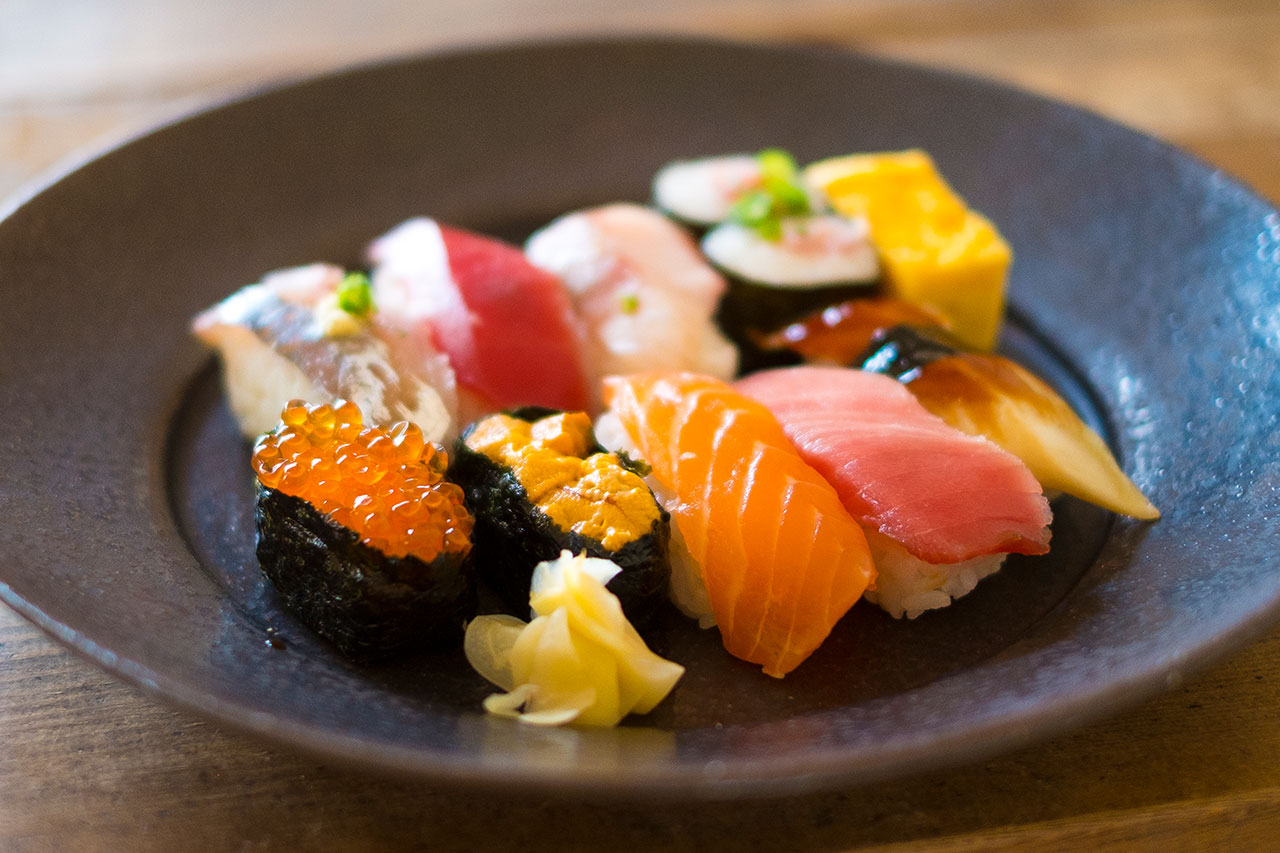
Tempura
Tempura is a typical Japanese dish consisting of seafood or vegetables that have been battered with water, flour, or egg, and deep fried. Tempura is said to have been introduced to Japan around 1573 to 1603 by the Christian missionaries. Tempura seems like a simple dish but it actually requires highly sophisticated technique to fry it so that the inside is juicy while the outside is crispy.
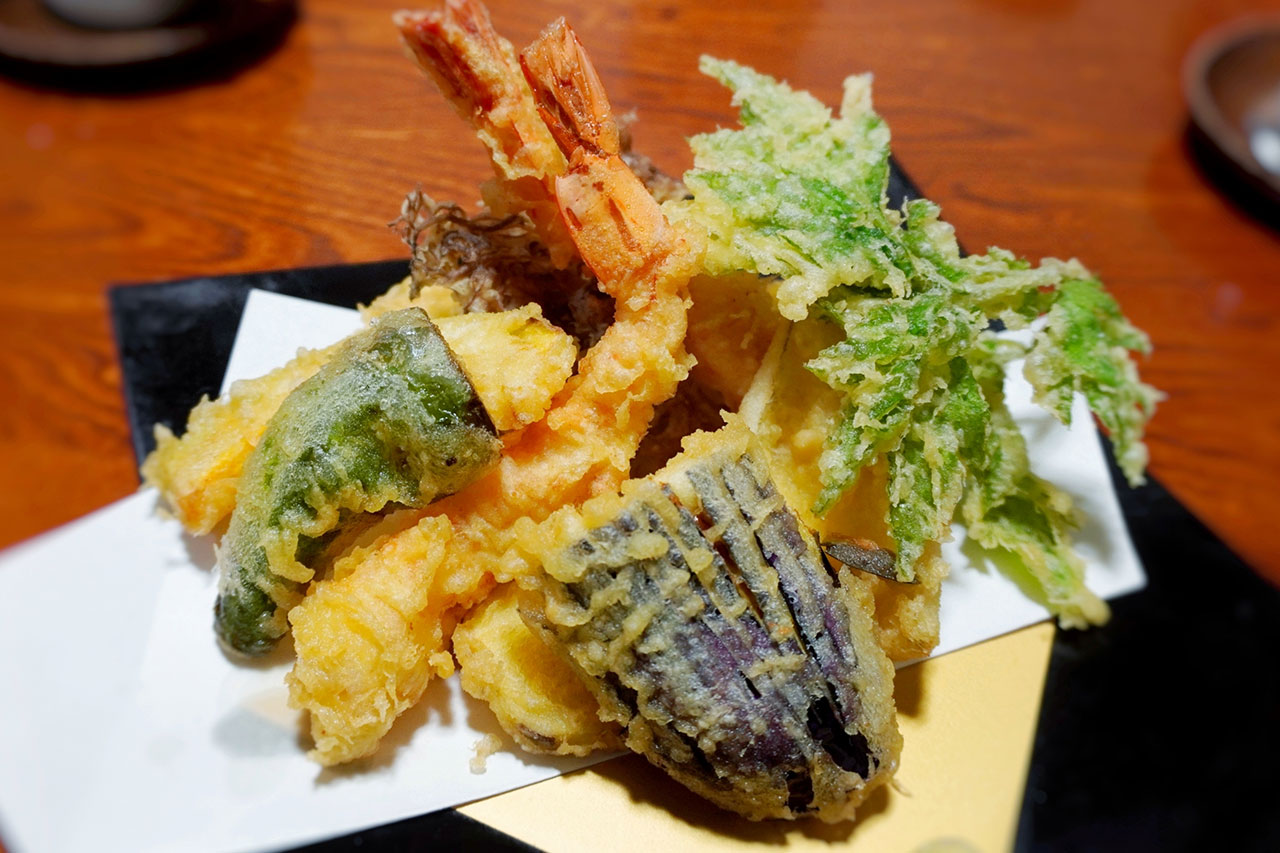
Soba
Soba is a noodle dish made of kneading grinded powdered buckwheat. The history of noodle shape such as Zaru Soba (cold soba noodles) or Kake Soba (hot soba noodles) called “Sobagiri” is actually quite short and began during the second half of 16th century. “Soba tsuyu” or “Sobajiru” are made as soba condiment which is seasoning dashi taken from kelp or bonito with soy sauce or mirin. The hot water used to boil soba includes nutrients that help digestion and has been drunk in substitute of gastrointestinal medicine.
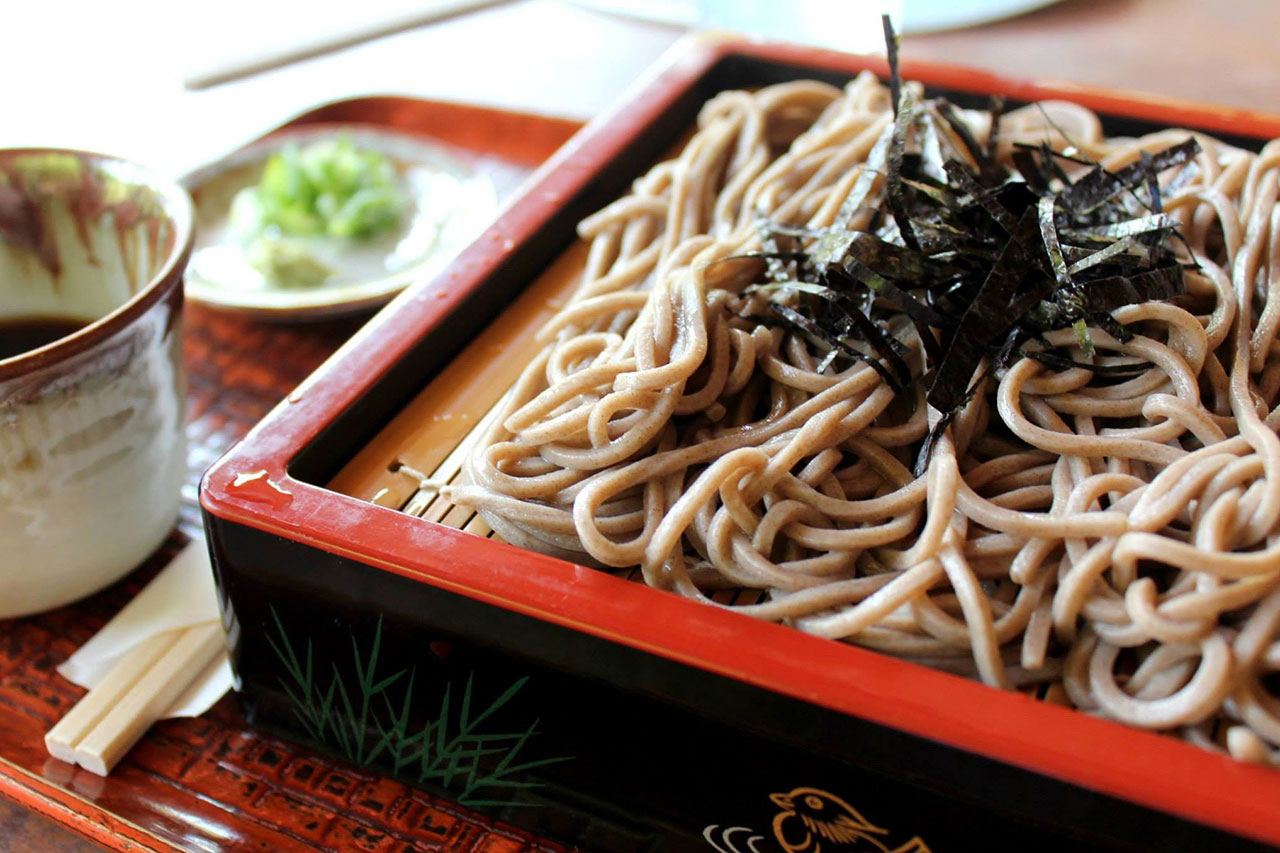
Sukiyaki
Sukiyaki is a dish originated in Kansai area. It is a Japanese dish in which thinly sliced beef or other meet and vegetables are simmered in a shallow iron pot. Condiments are usually soy sauce, sugar, and sake. In Kanto, sukiyaki stock of a mixture of these condiments already mixed together are served. It is often dipped in a small bowl of raw, beaten eggs when eating.
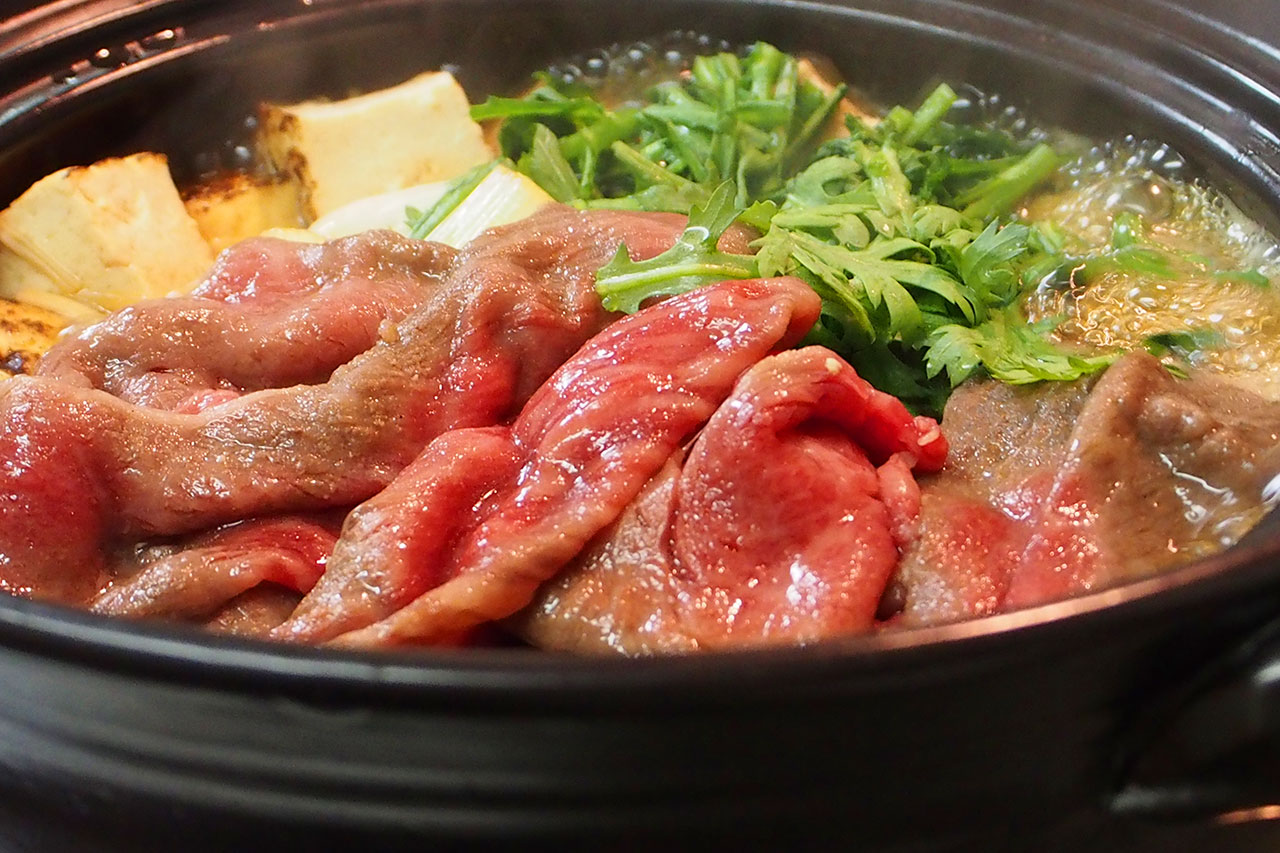
Donburimono (Rice Bowls)
From ancient times, Japanese upper social class basically set the staple food, rice, and side dish separately. On the other hand, the modern “Don”, fish, meat, or vegetables served over rice in a bowl, is a relatively new food culture that began around 200 years ago. There are many different types of Donburi besides only serving ingredients over rice such as “Katsdudon” or “Oyakodon” in which chicken or onion and beaten egg are simmered together, then topped on rice. Beef sukiyaki topped on rice is called “Gyudon”, sashimi topped on rice is called “Kaisendon”, Tekkadon is thinly-sliced raw tuna on rice, and “Tendon” is tempura on a bowl of rice with sweet sauce.
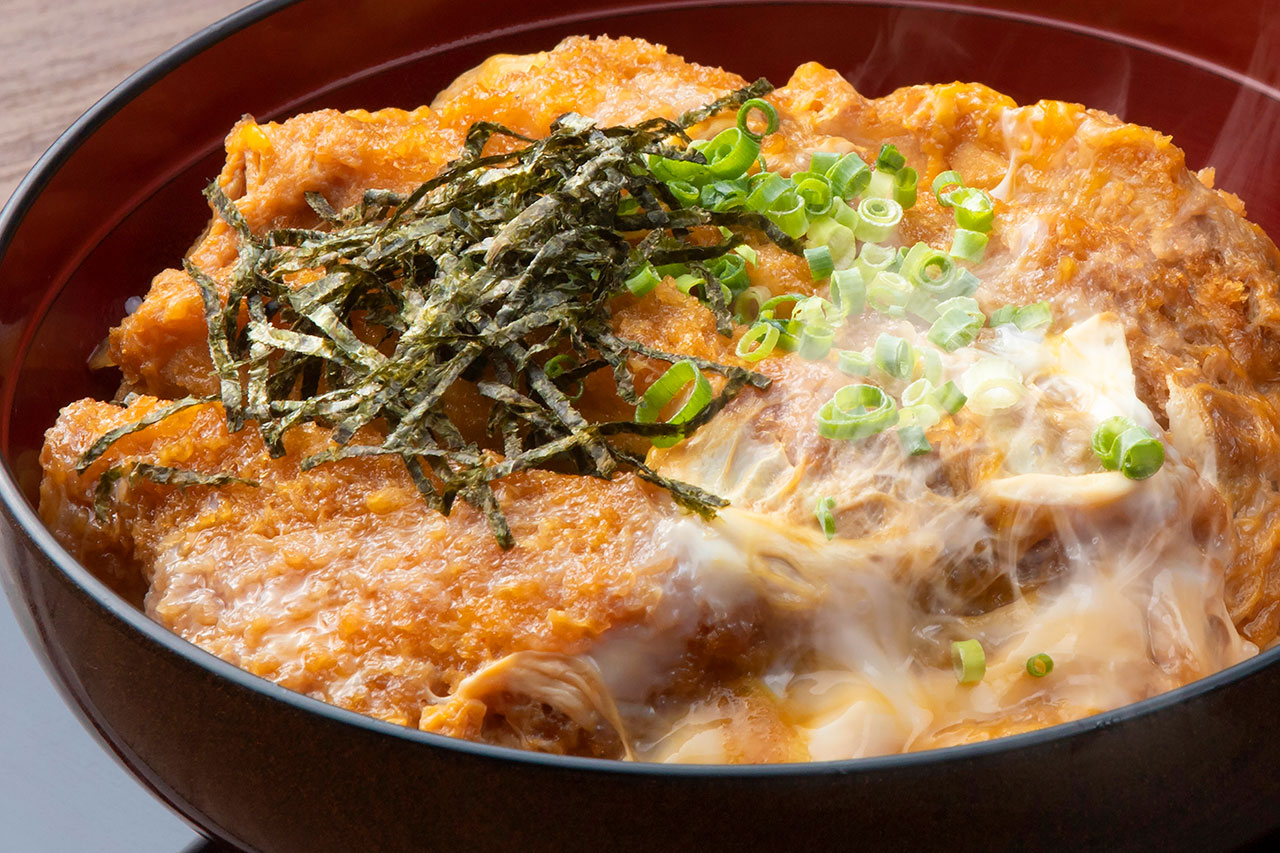
Ramen
Ramen is basically made from noodles and soup with ingredients. Since it was developed from Chinese noodle dish in Japan, it is also called Chinese noodles. Ramen was originally merely a dish on Chinese restaurant menus but it evolved as post-war food stalls and restaurants specializing in ramen began to appear. There are 4 types of soups: soy-sauce, miso, pork broth, and salt. Also, there are different types of ramen such as Tsukemen (dipping noodles) in which the noodles and soup are separated or Abura soba (oil noodles) in which the noodles are eaten with a small quantity of sauce.
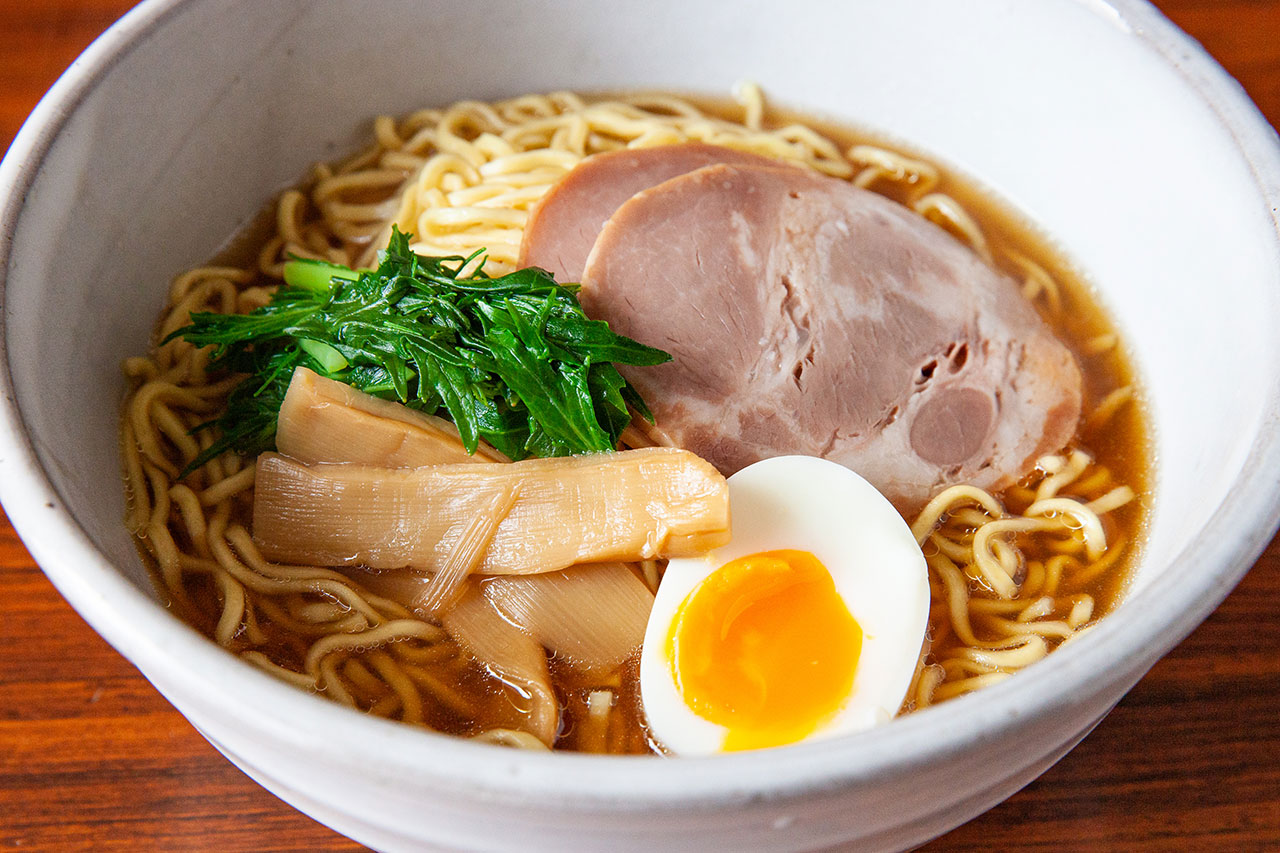
Curry and Rice
Japanese curry rice is one of the most popular dishes in Japan, alongside Ramen. Curry was introduced to the United Kingdom in the 18th century from India. Afterwards, European style curry was introduced to Japan which was then arranged to Japanese style. The characteristic of Japanese curry rice is that is uses flour to thicken the curry. Additionally, Japanese style curry is distinctive as curry is poured onto sticky Japonica rice. Solid form curry roux (curry stock) arrived on store shelves and it became a familiar dish for Japanese people since it was easy to cook at home.
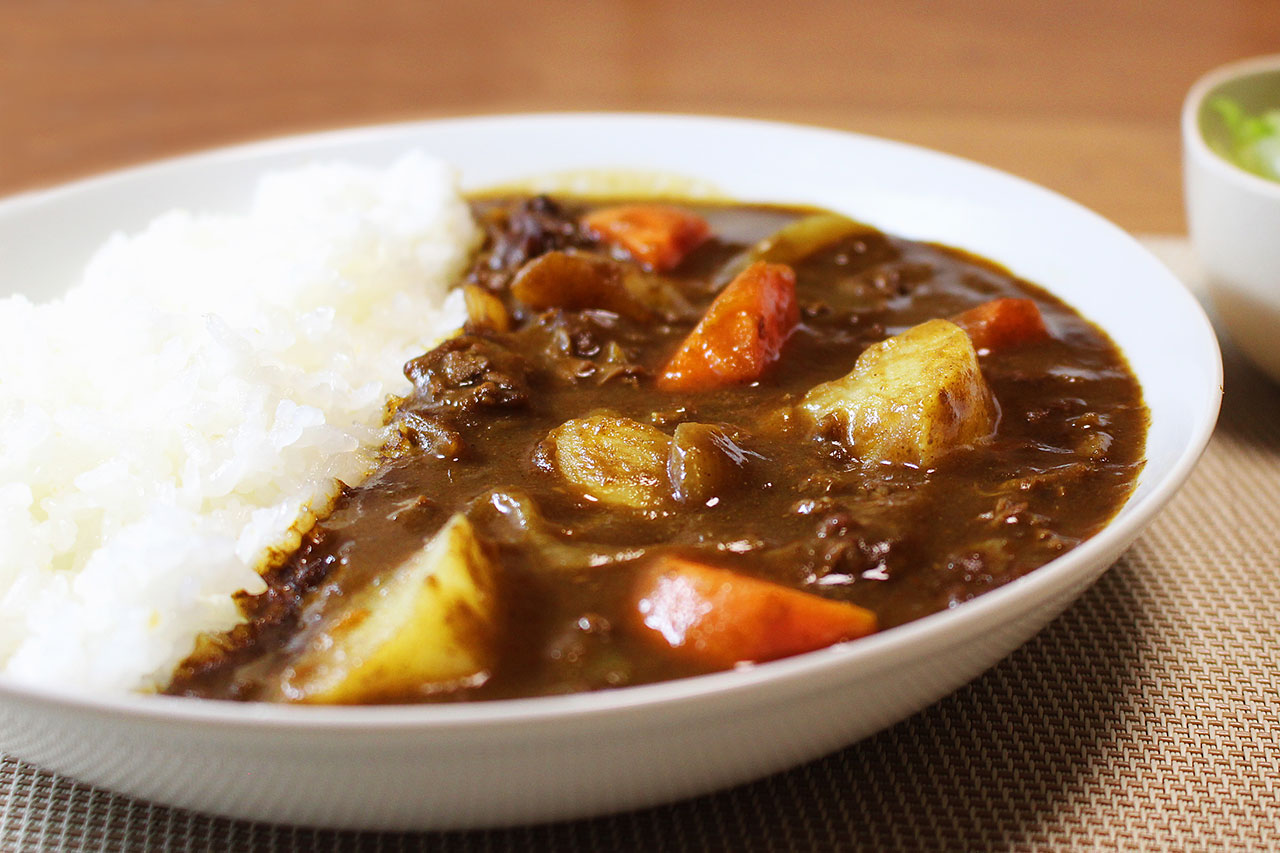
Tonkatsu
“Katsu” from the word “Tonkatsu” comes from the French cuisine “cotelette”. It used to be a fillet coated with bread crumbs and fried in butter but a long-established Western restaurant in Tokyo got the idea from the Japanese cuisine Tempura and fried the fillet after coating it with flour, beaten egg, and fresh bread crumbs in a deep pan with a large amount of oil.
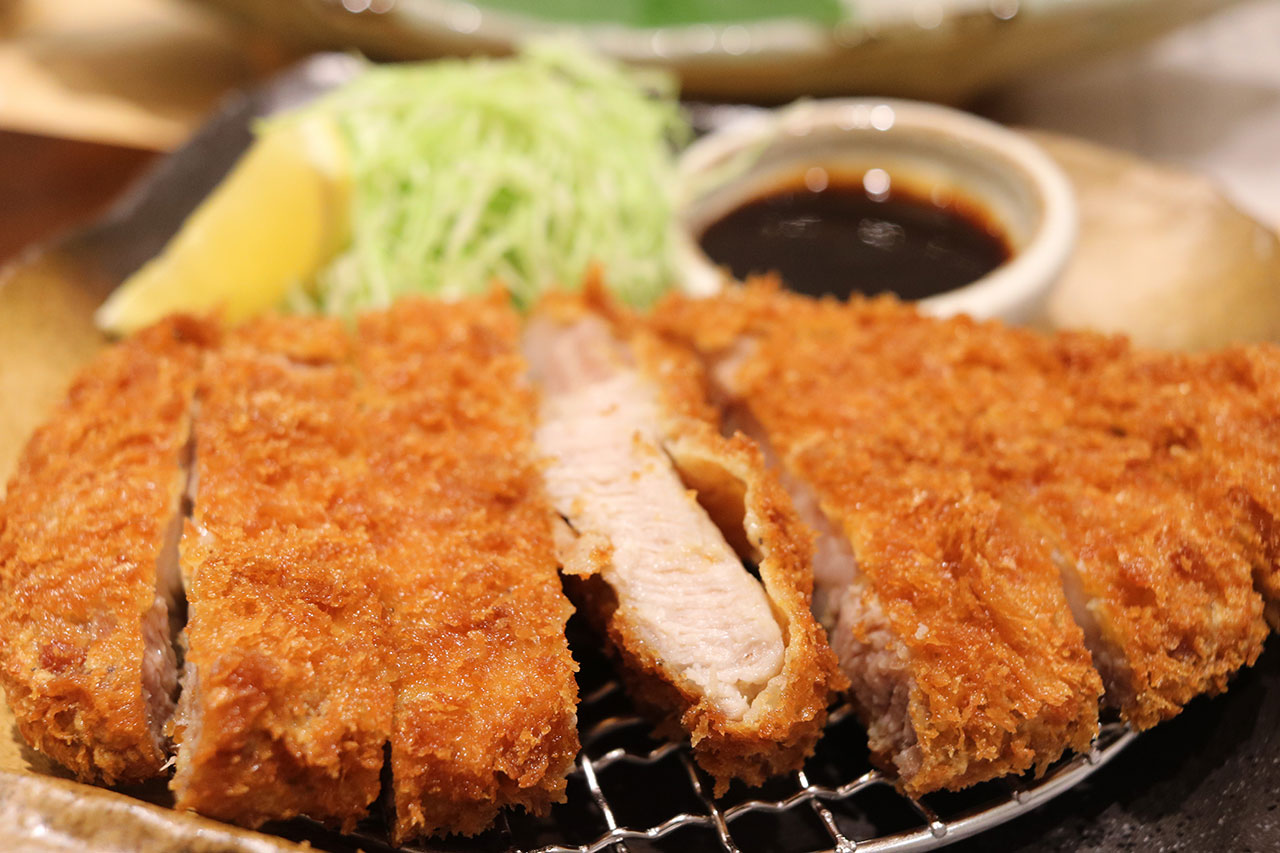
Okonomiyaki
Okonomiyaki is made from wheat flour batter mixed with water and adding ingredients such as vegetables, meat, or seafood. It is then cooked on a flat griddle and toppings include sauce, mayonnaise, and dried seaweed flakes. Mixing flour, cabbage, and pork into the batter and cooking on flat griddle is the Kansai style Okonomiyaki. On the other hand, spreading the batter made from flower on to the flat griddle in a circle shape, then topping it with cabbage, pork, or soba noodles is called Hiroshima style Okonomiyaki.
